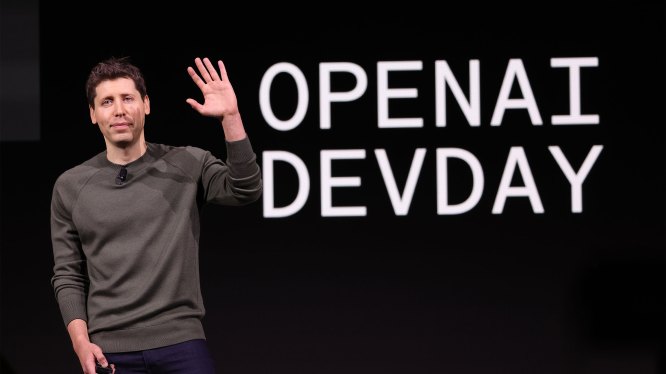Machine learning models are only as good as the data they’re trained on. When it comes to computer vision use cases, the amount of images required can be staggering. However, with millions of images in many datasets, it’s virtually impossible for human eyes to catch issues such as mislabeled, broken, or duplicated images.
The Problem with Mislabeled Images
When images are mislabeled, they can lead to sub-par model performance and error-prone results. This is because the model is learning from incorrect data, which can result in poor accuracy and decision-making capabilities. For instance, an image of a shoe being labeled as a face can significantly impact the performance of a face detection model.
The Challenge of Identifying Issues
With millions of images to sift through, identifying issues such as mislabeled or broken images is a daunting task. Human eyes can only do so much, and even with manual inspection, it’s easy to miss problems that could lead to sub-optimal models.
Introducing Visual Layer: A Solution for the Data Problem
Visual Layer, a Tel Aviv-based startup, aims to solve this problem by providing a system that can analyze hundreds of millions of images without relying on expensive GPUs. The company has developed an open-source tool called FastDub, which helps engineers find potential issues in their image datasets.
The Founding Team Behind Visual Layer
Visual Layer was co-founded by Danny Bickson (CEO) and Amir Alush (CTO), both experienced professionals with a background in AI and data science. Bickson previously held the position of Sr. Data Science Manager at Apple, where he worked on various AI projects, including the acquisition of Turi, which he co-founded.
The FastDub Project: A Game-Changer for Image Datasets
FastDub is an open-source tool that helps engineers find potential issues in their image datasets. The tool has recently hit version 1.0 and has been well-received by the community. According to Visual Layer, the popular ImageNet-21K pre-training dataset includes over a million pairs of duplicates among its just over 14 million images.
Real-World Applications of FastDub
Some of the company’s early users include Indian social commerce platform Meesho, which used FastDub to improve the quality of its image gallery of 200 million products. Other notable users include John Deere, Honeywell, Winnow, and Nuvilab.
The Future of AI: Solving the Data Problem
As companies continue to experience the explosion of data, managing visual data becomes increasingly complex. Understanding, curating, and managing this content is crucially important for building meaningful services in various industries.
Quote from Danny Bickson, CEO of Visual Layer
"Companies are struggling with those huge amounts of data, they often have no clue where their data is and what’s inside it. They develop their homegrown tools since there is no infrastructure and no common standards."
Conclusion
Training machine learning models for computer vision use cases requires massive amounts of images. However, with the rise of FastDub and Visual Layer, companies can now identify potential issues in their image datasets without relying on expensive GPUs. As the demand for AI continues to grow, solving the data problem becomes increasingly important. With tools like FastDub, engineers can ensure that their models are trained on accurate and reliable data.
About Visual Layer
Visual Layer is a Tel Aviv-based startup that aims to enable data scientists and ML engineers to find potential issues in their image datasets. The company has developed an open-source tool called FastDub, which helps engineers identify mislabeled or broken images in their datasets.
Related Posts




